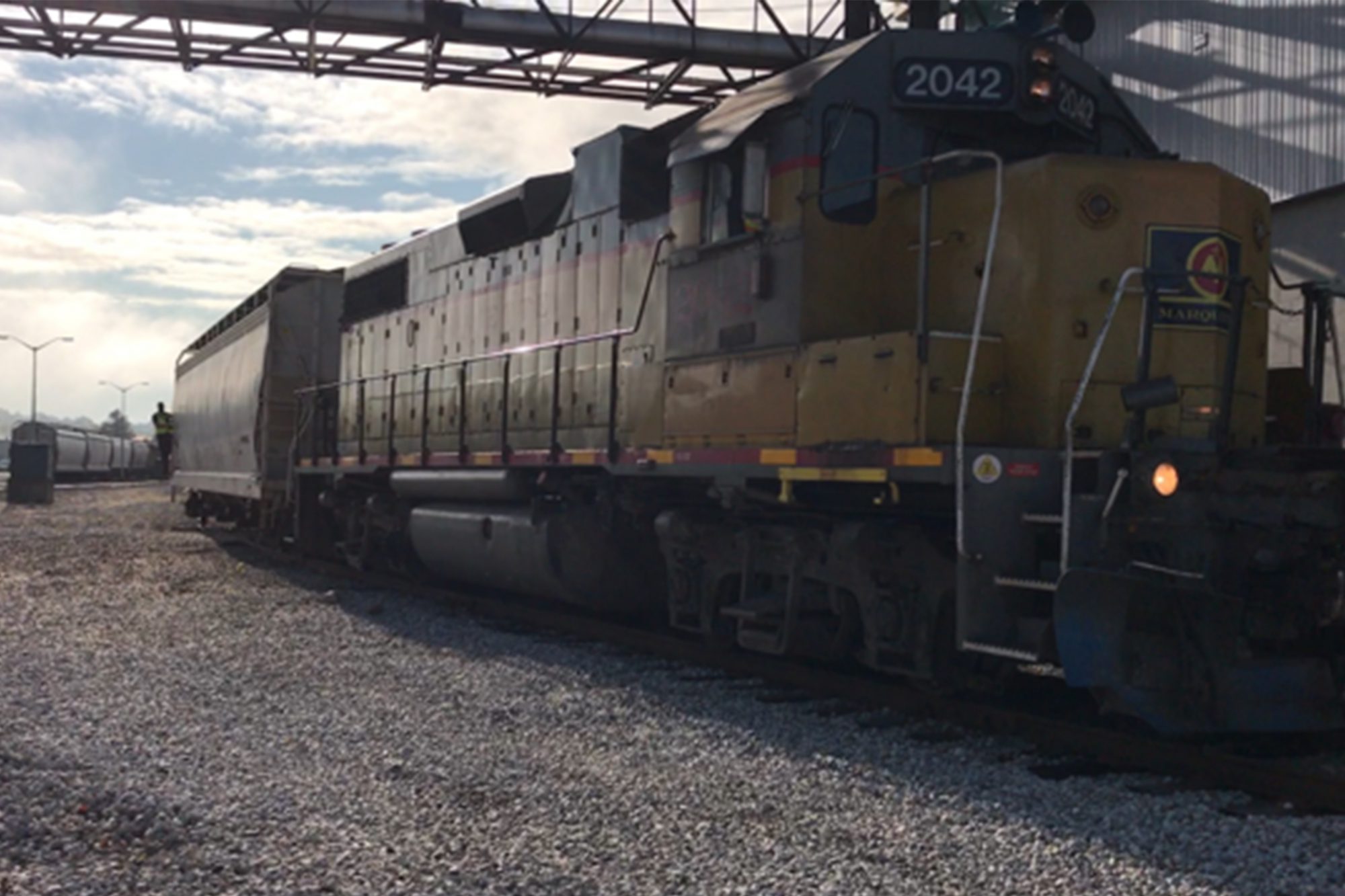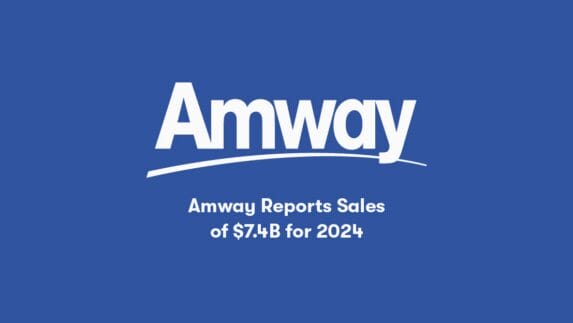If you’ve ever been to the Ada campus, you know it’s a busy place. A lot of cars, trucks and people pulling in and out. Sometimes you might also see a train.
Trains have been a big part of Amway’s manufacturing equation for decades. The use of rail is one way Amway keeps costs down while maintaining the high-quality products ABOs expect. It’s also better for the environment.
“The advantage to rail is a reduction of our carbon footprint,” Randy Warner, Amway’s Distribution Group Leader said. “It also means you can get a better bulk pricing on your commodities.”
An overlooked way we keep product costs down for our ABOs and their customers: Our trains. #Amway pic.twitter.com/bdqd0v8vrQ
— Steve Van Andel (@Steve_VanAndel) October 5, 2017
More than five and a half kilometers of rail line on campus allow for some 200 train cars a year to deliver the raw materials that go into many of Amway’s products.
The company first started using rail cars for laundry soap and eventually expanded over the years, adding Sorbitol for Glister in the cosmetic plant several years ago. Trains bring a total of five different raw material ingredients.
“Laundry has continued to be the big user and currently run about 78% of the rail commodities that come on site,” Warner said.
Warner says rail can provide better bulk pricing which helps Amway keep product costs down as much as possible, while keeping quality world-class, and keeping trucks off the road.
“You’d have five, bulk tanker trucks coming in to unload back in laundry for one rail car,” Warner says. “The volume of activity on the campus would be crazy if we weren’t using rail. It’s a huge advantage to the corporation to use rail.”
But it doesn’t just make good business sense to use rail. It’s also an extension of Amway’s commitment to environmental stewardship.
According to Warner, “We cut down on the fossil fuel footprint as well as traffic on the highways by bringing it in via rail.




